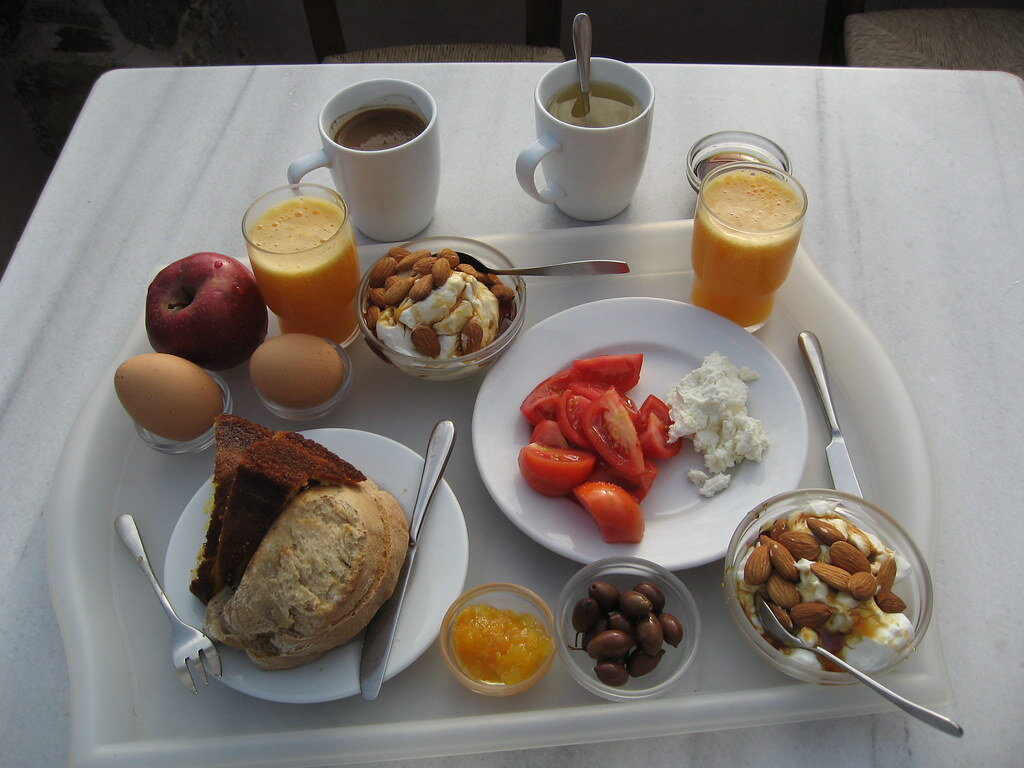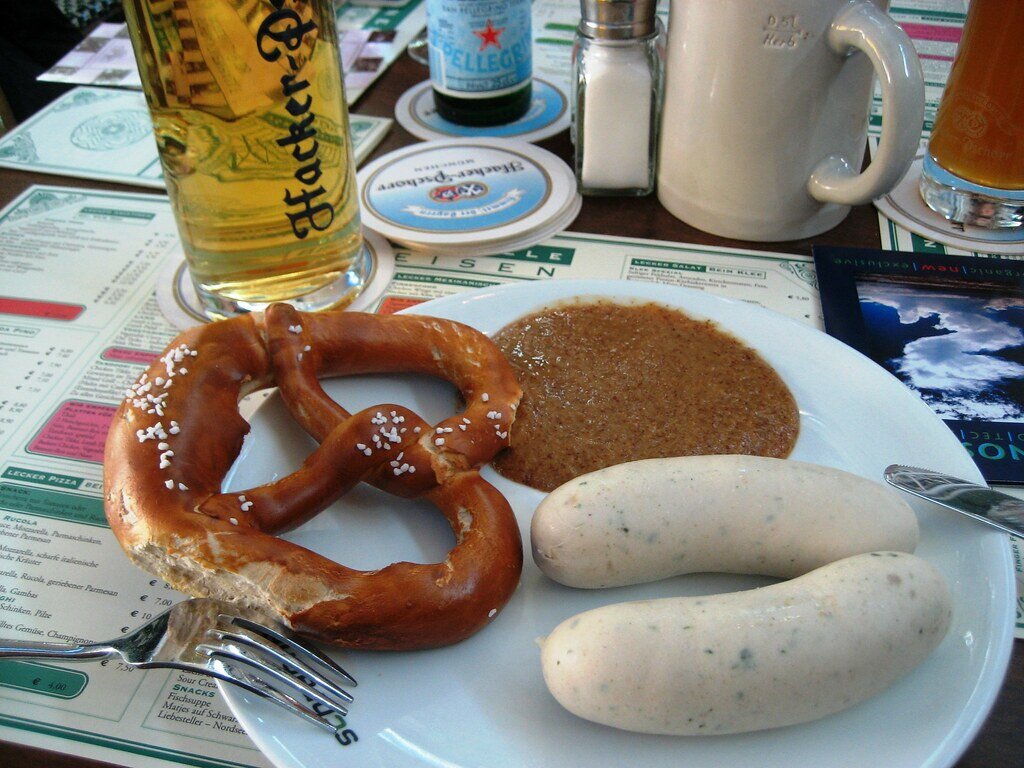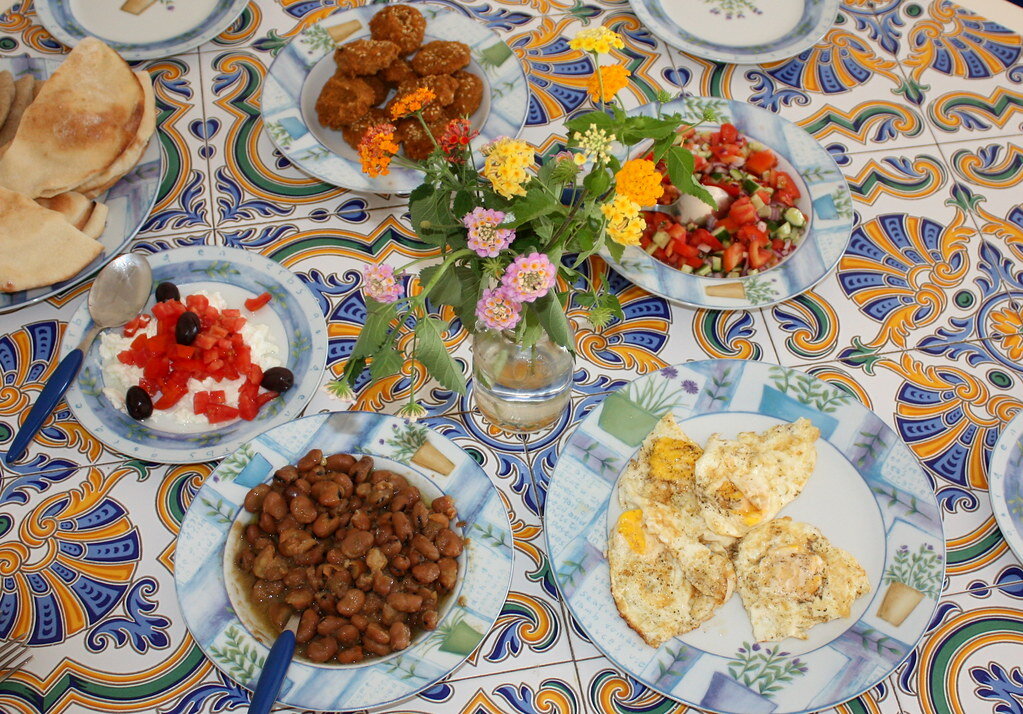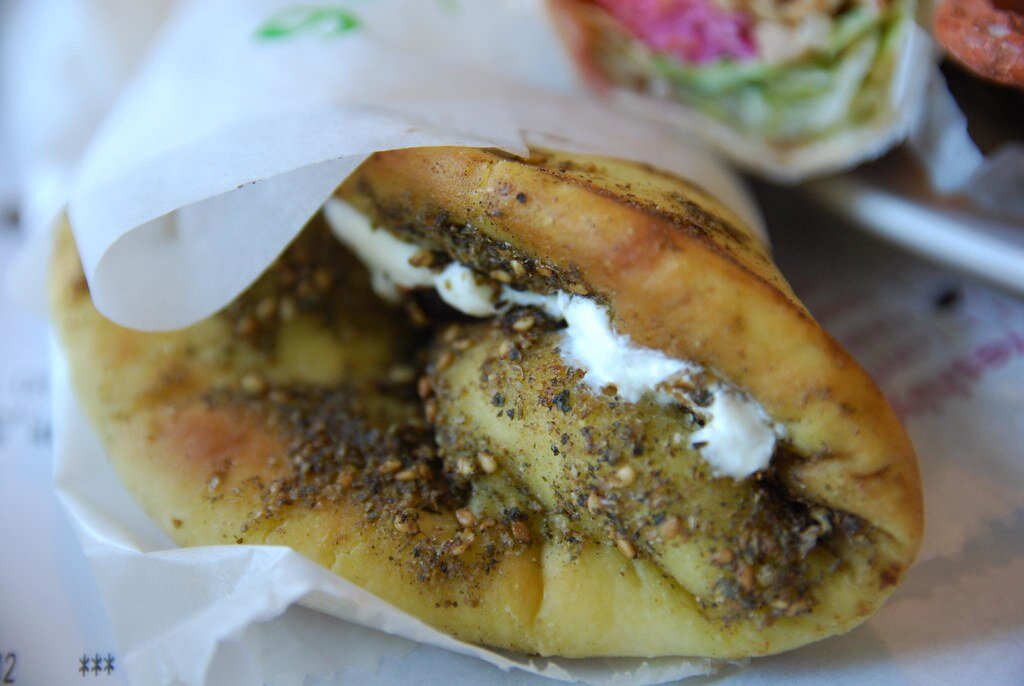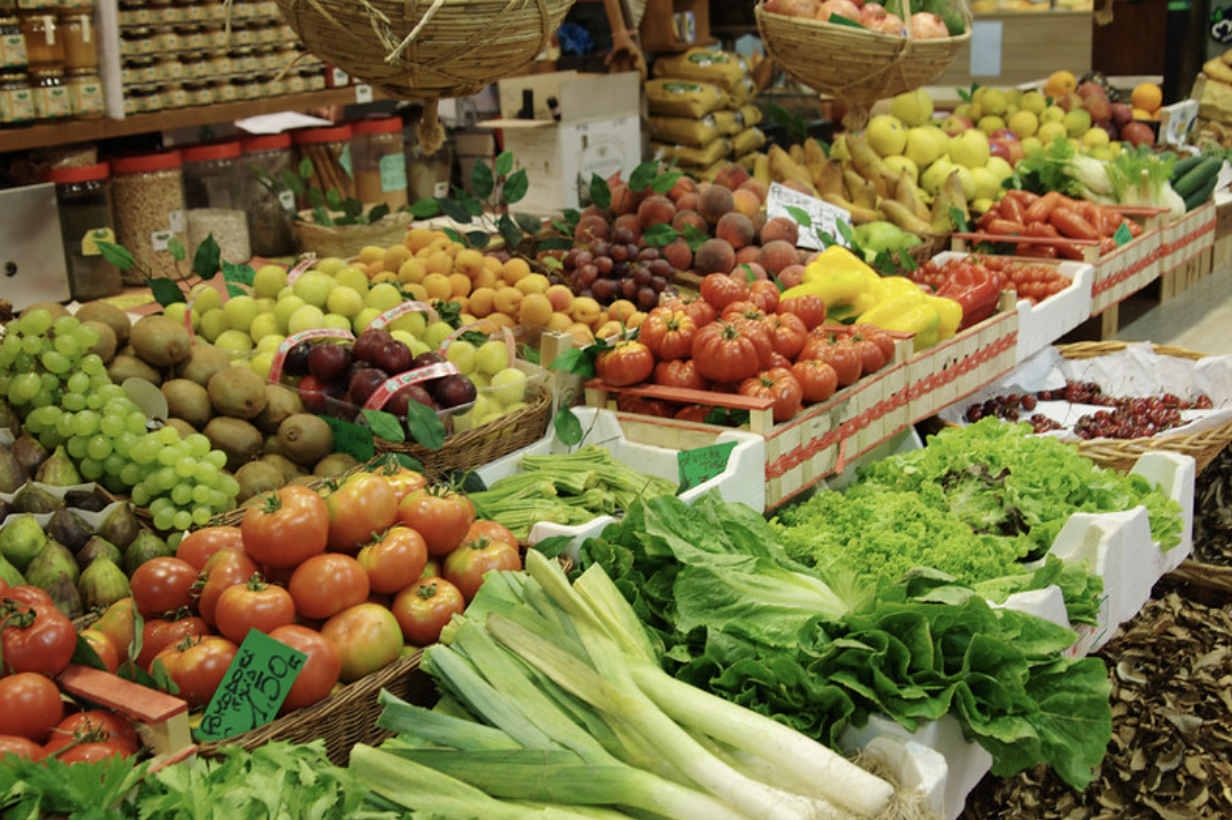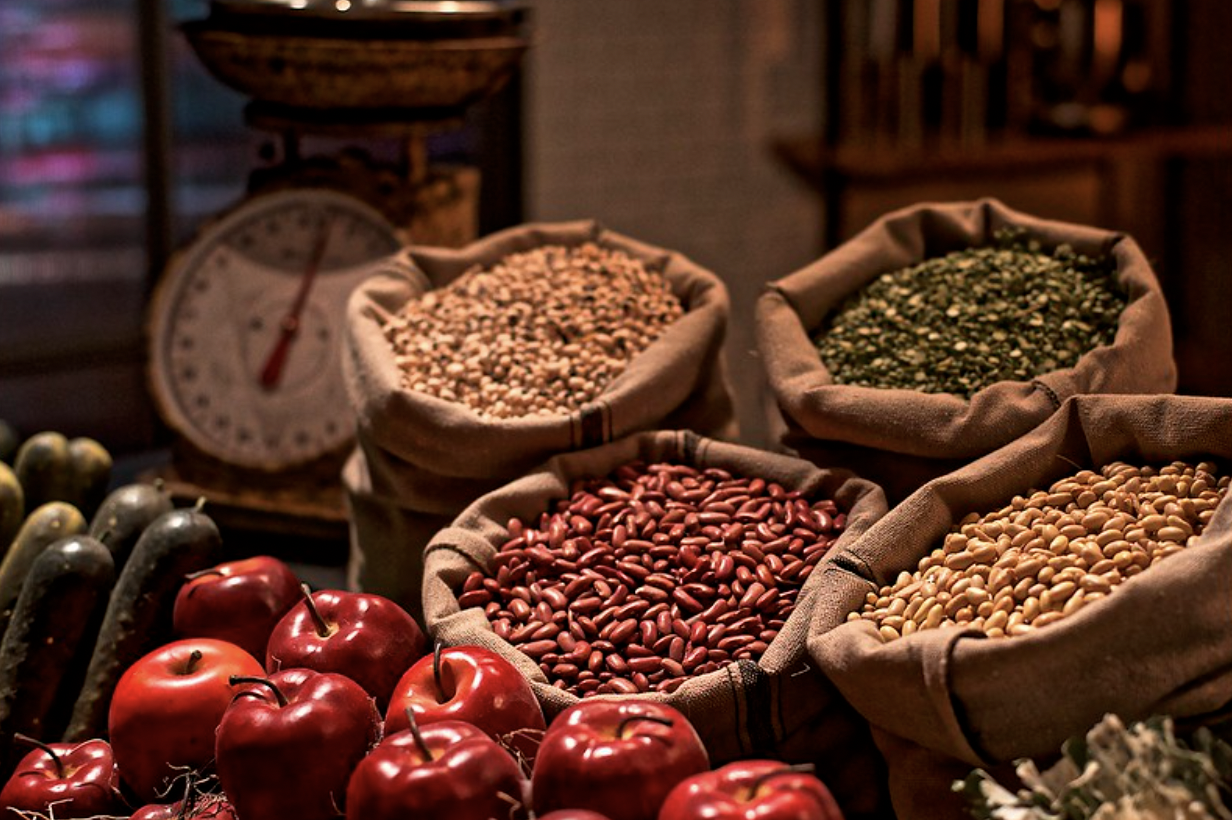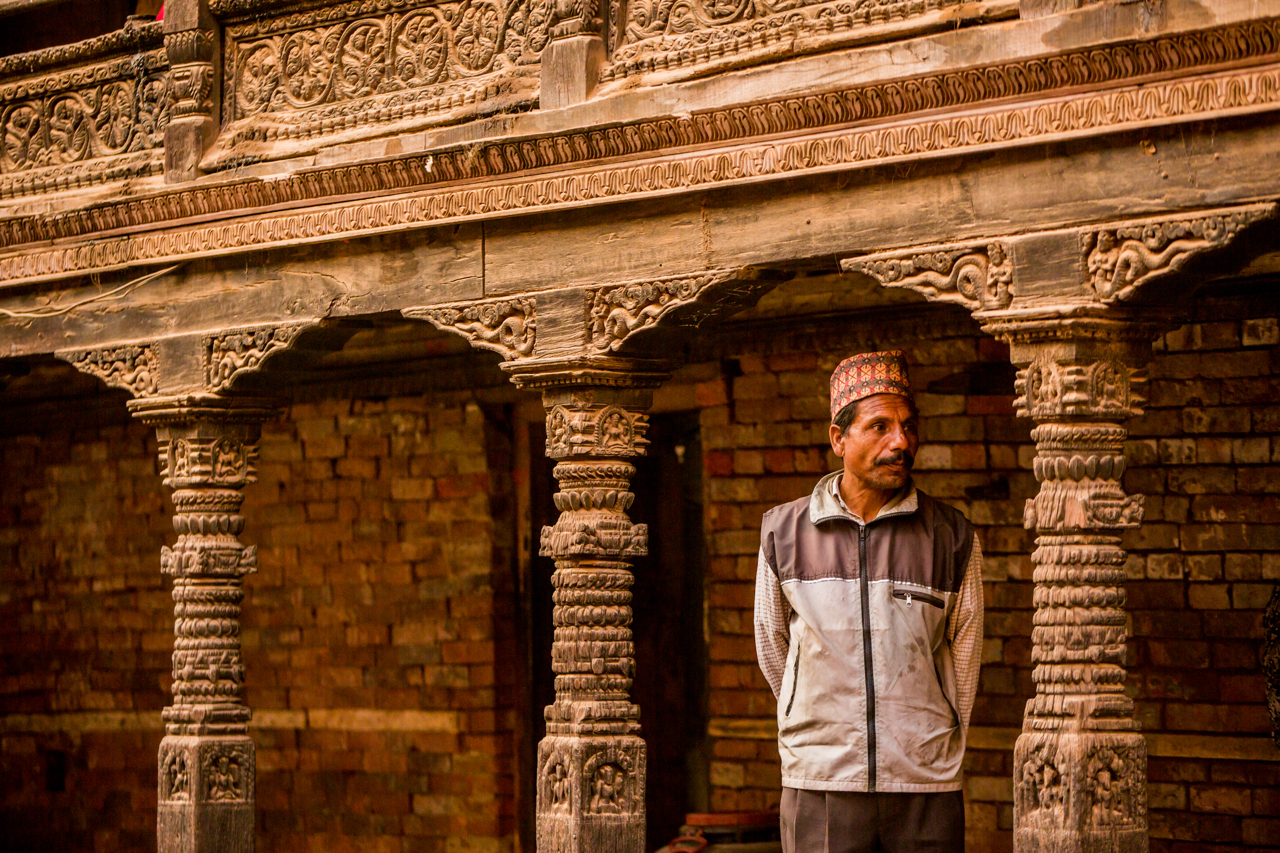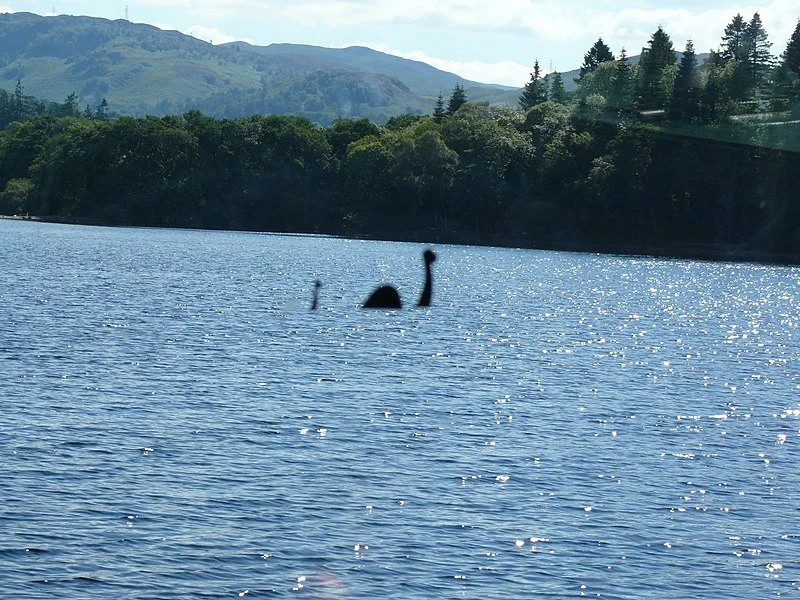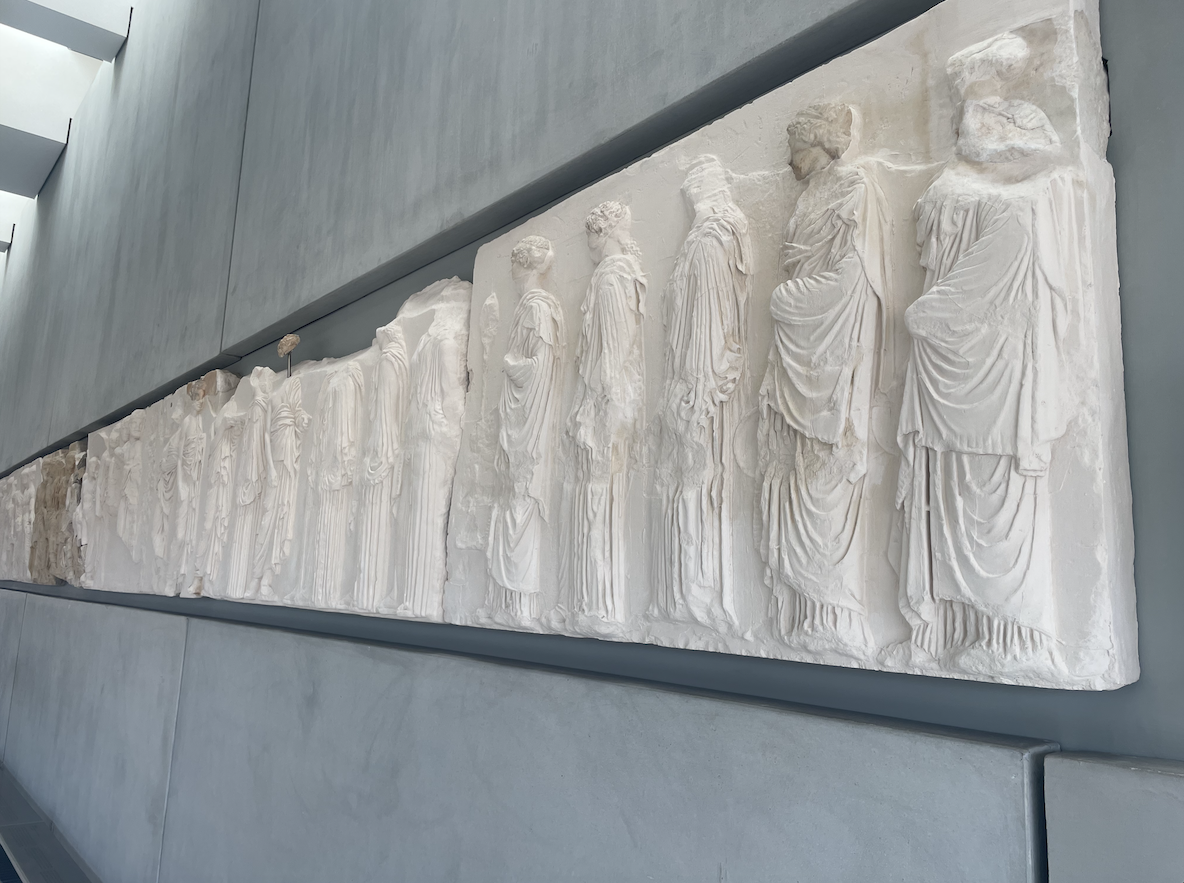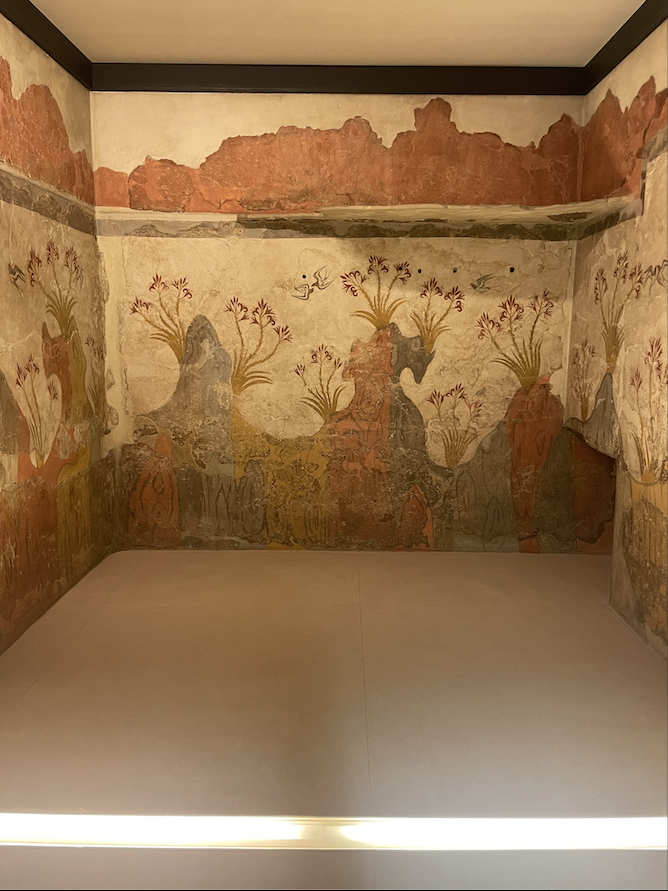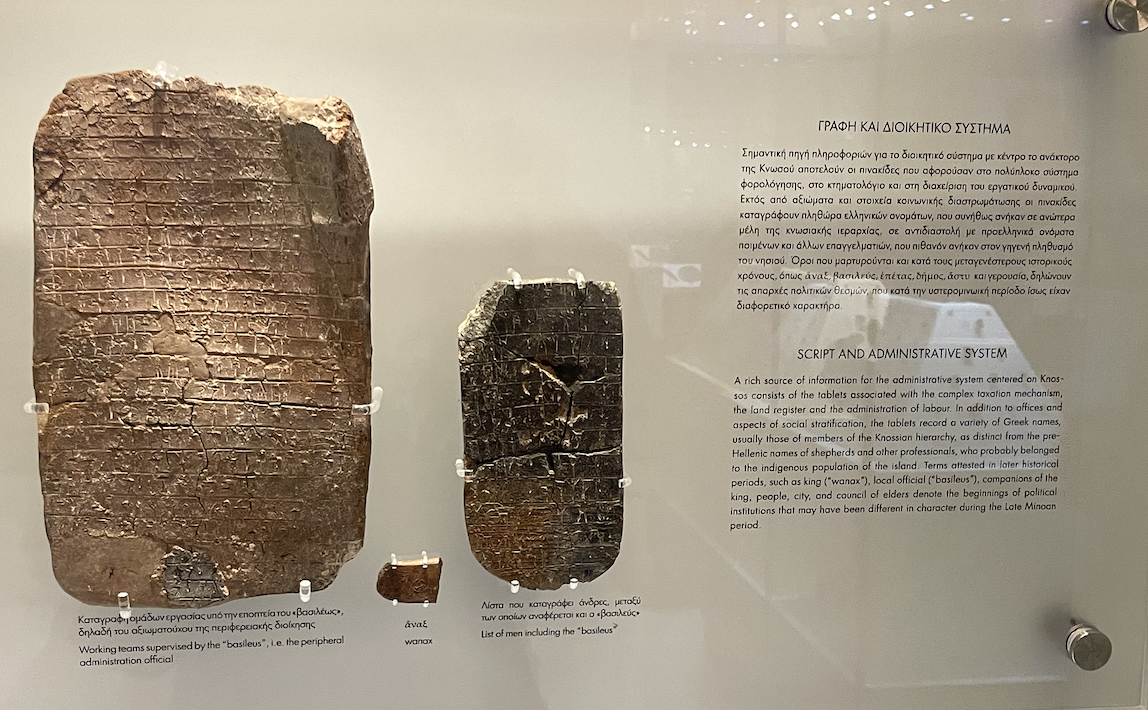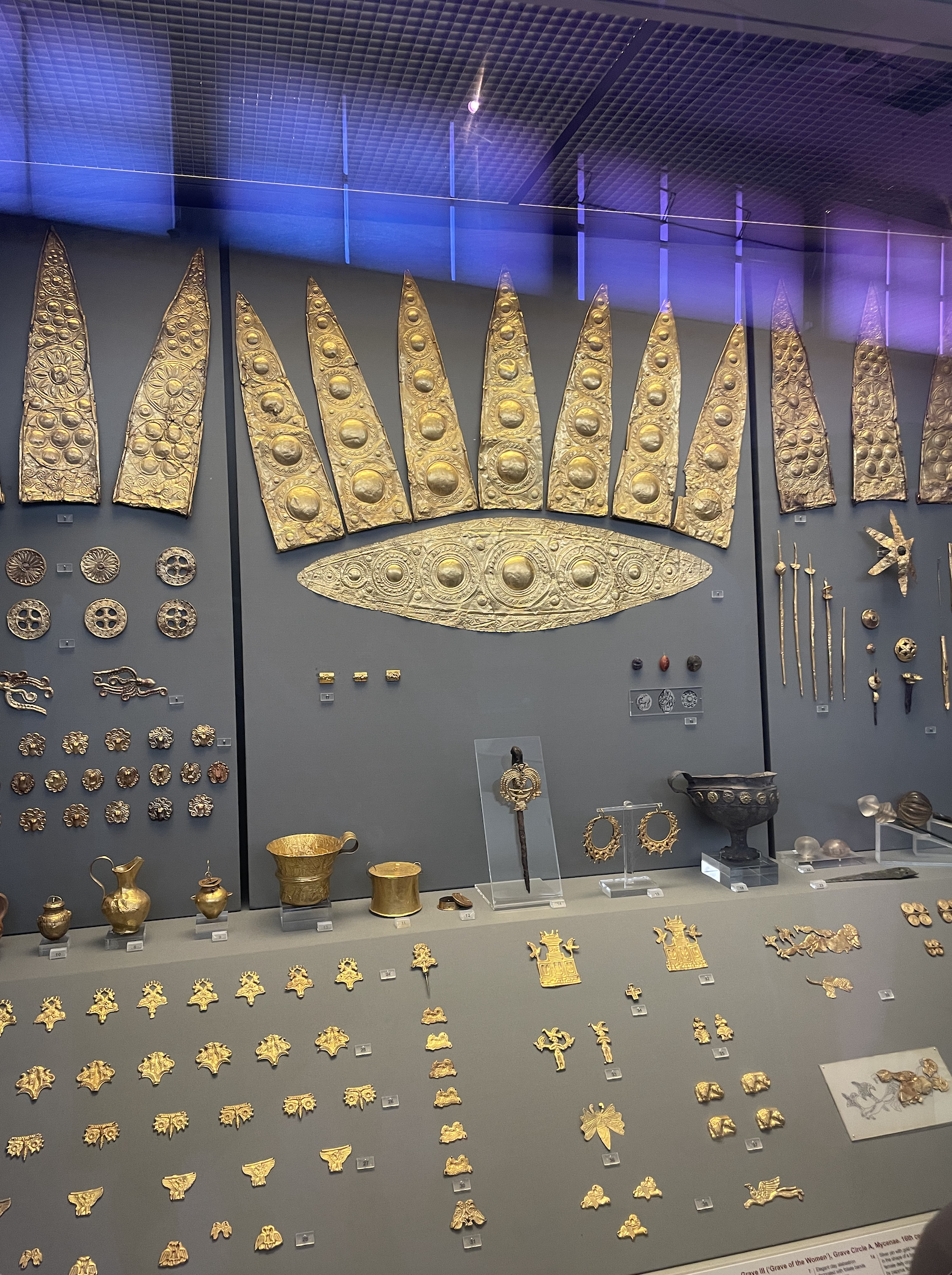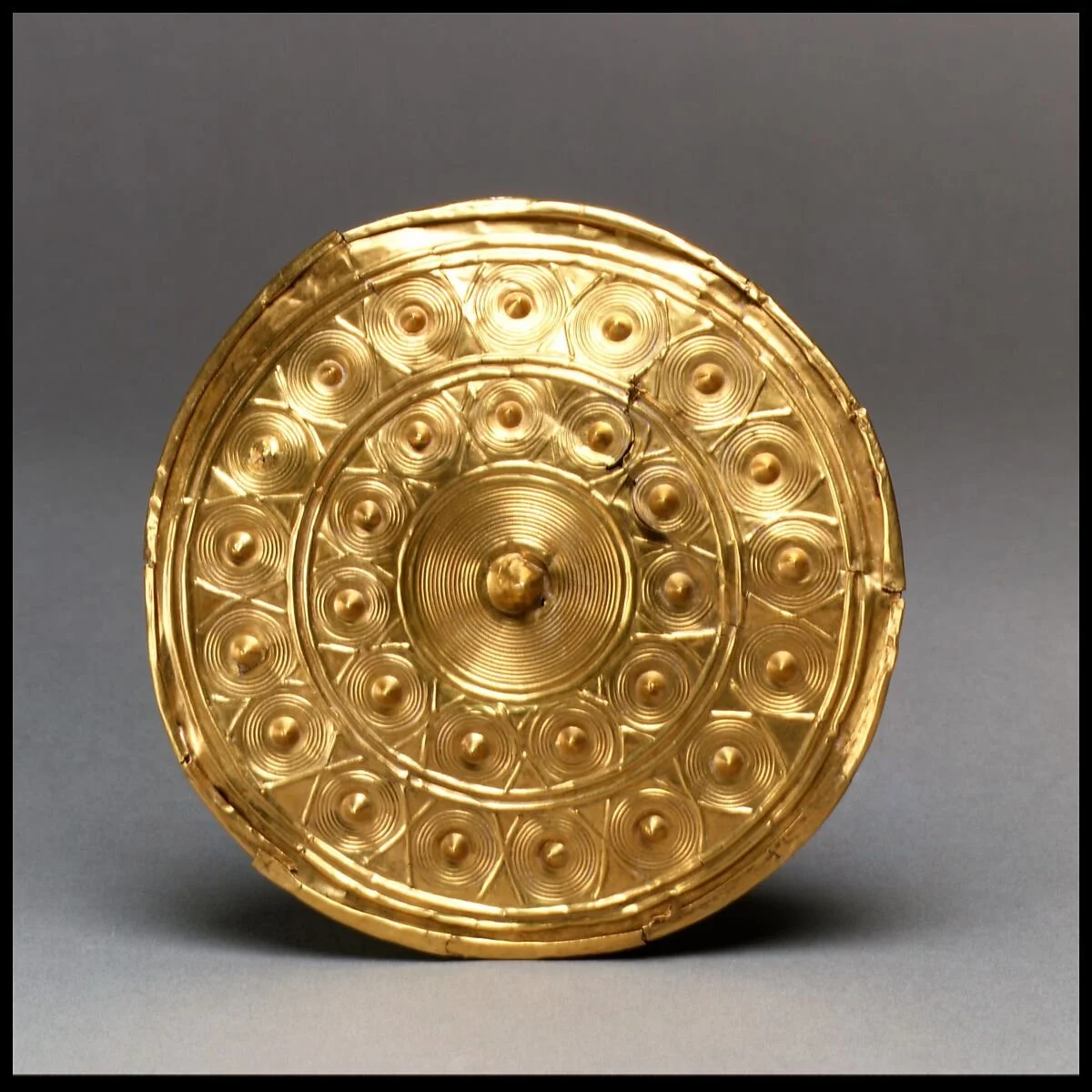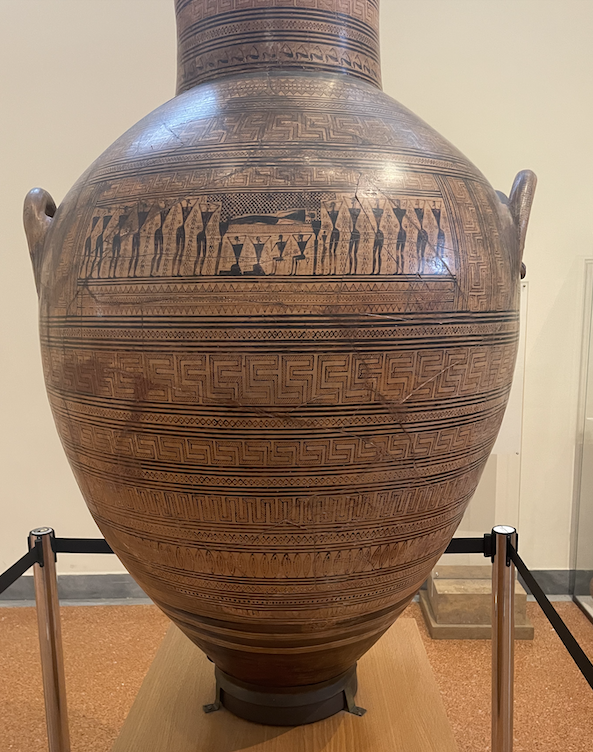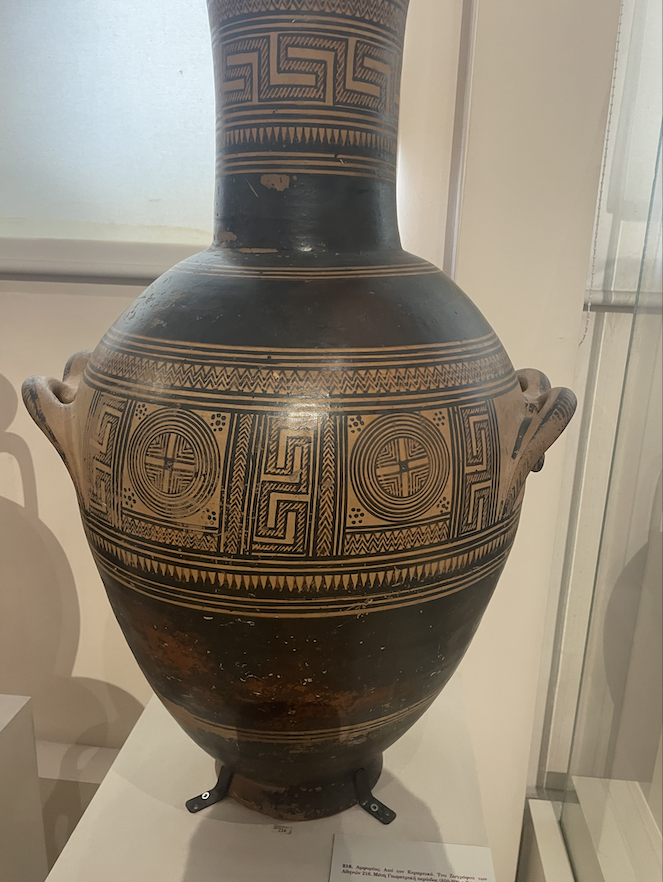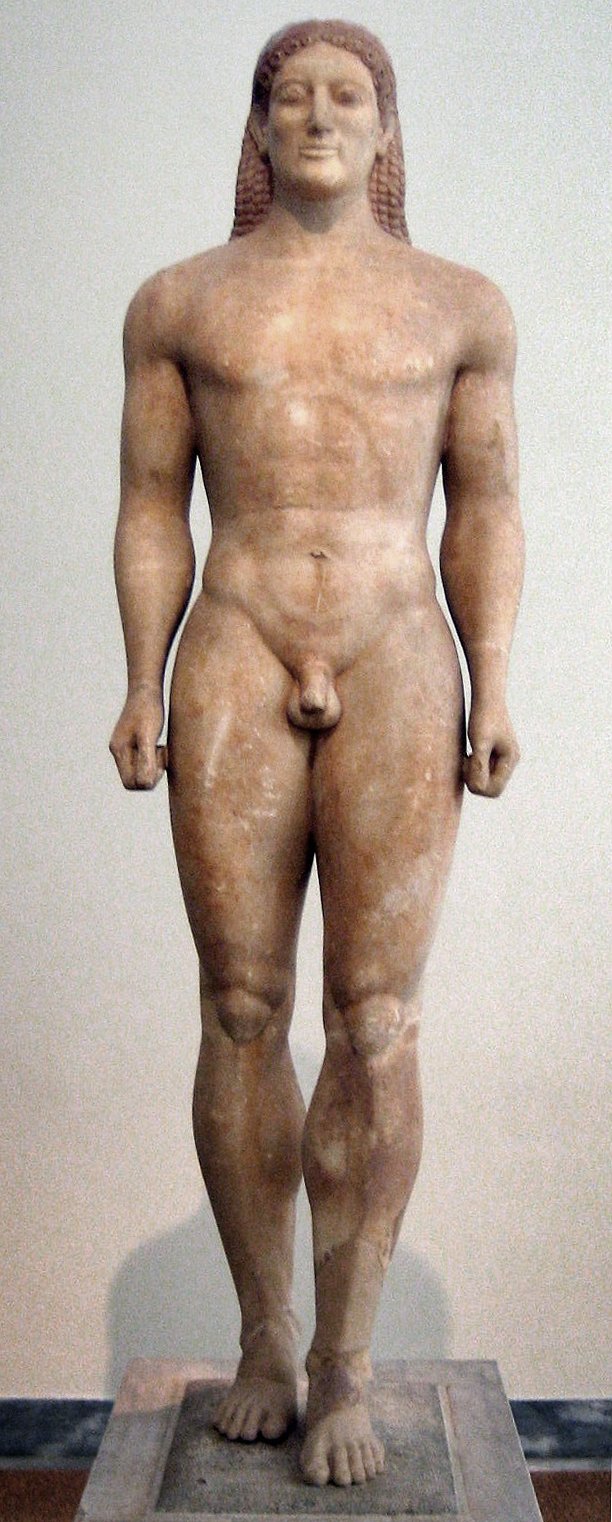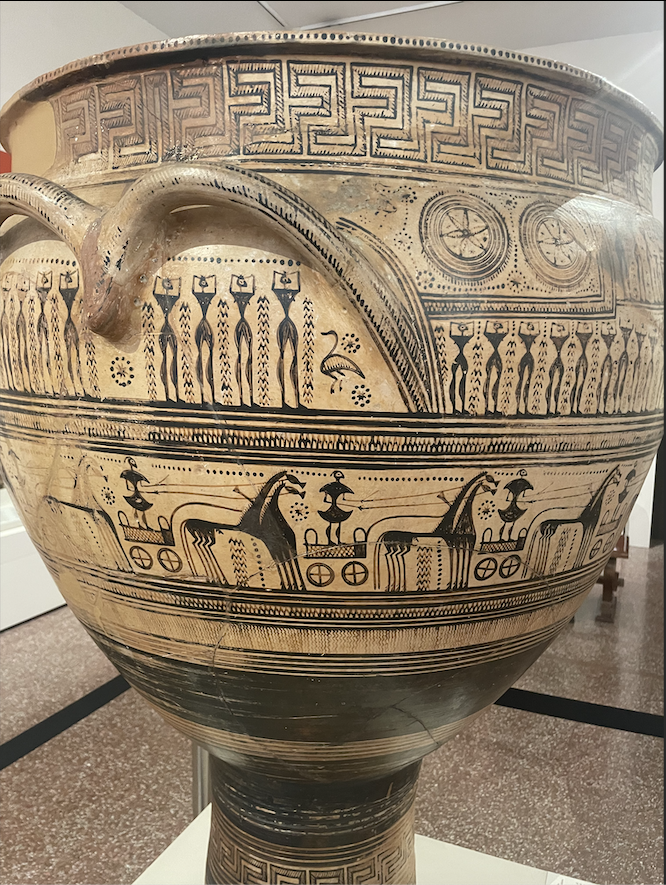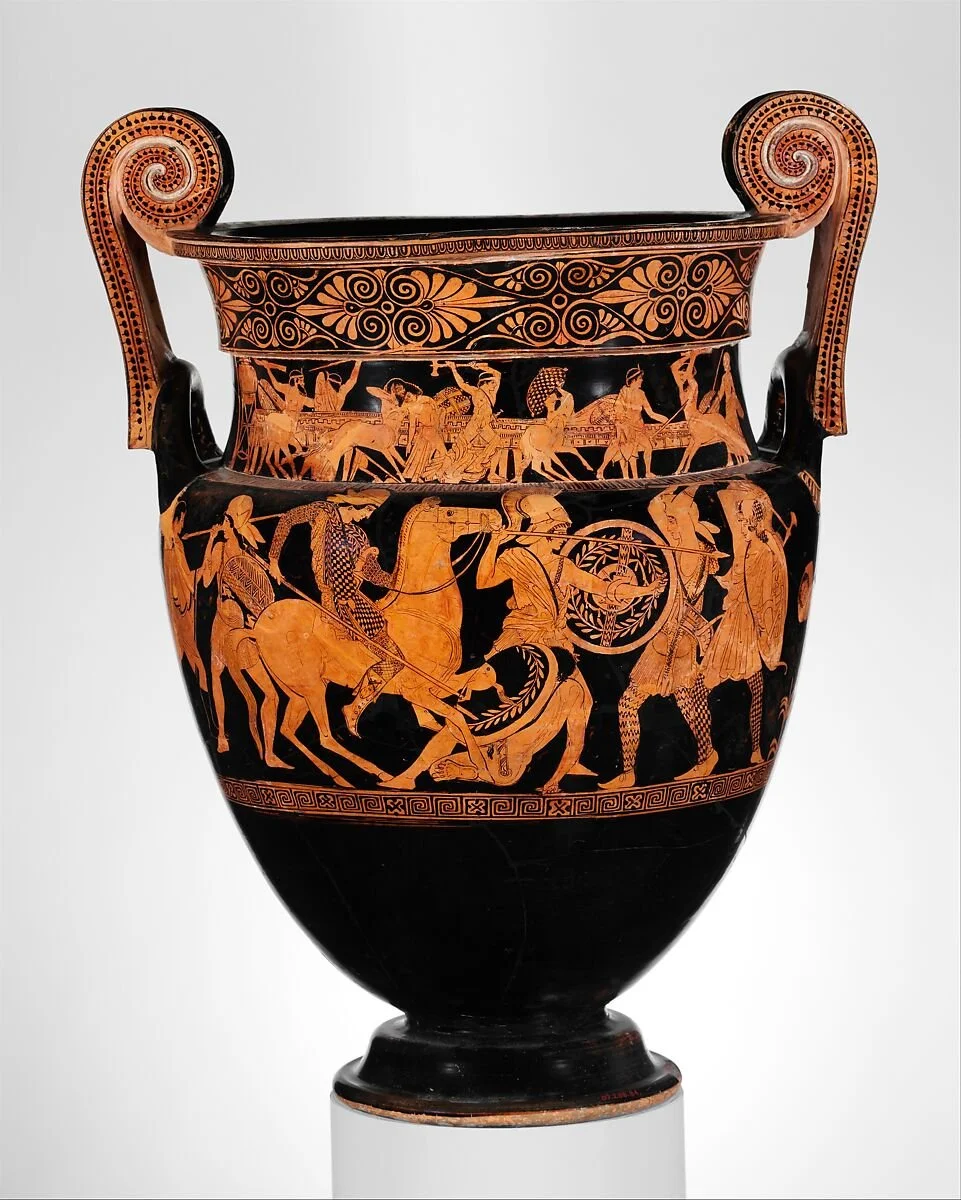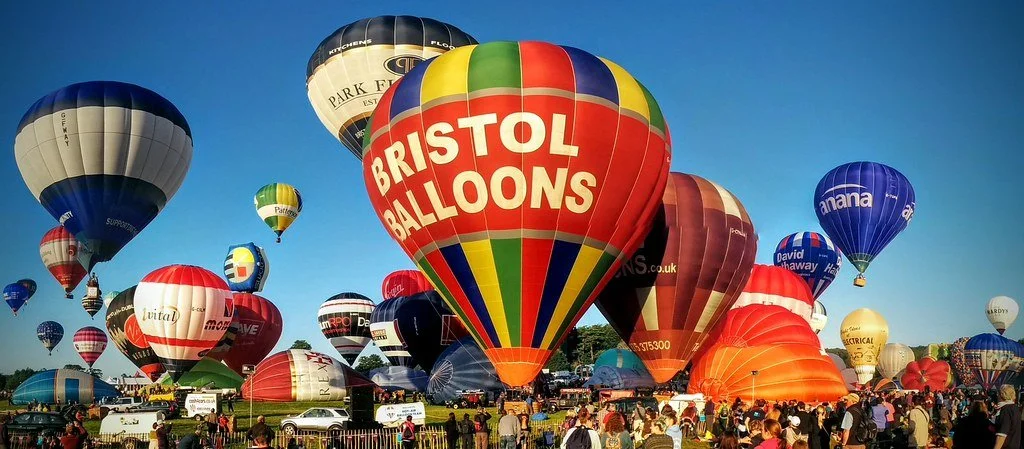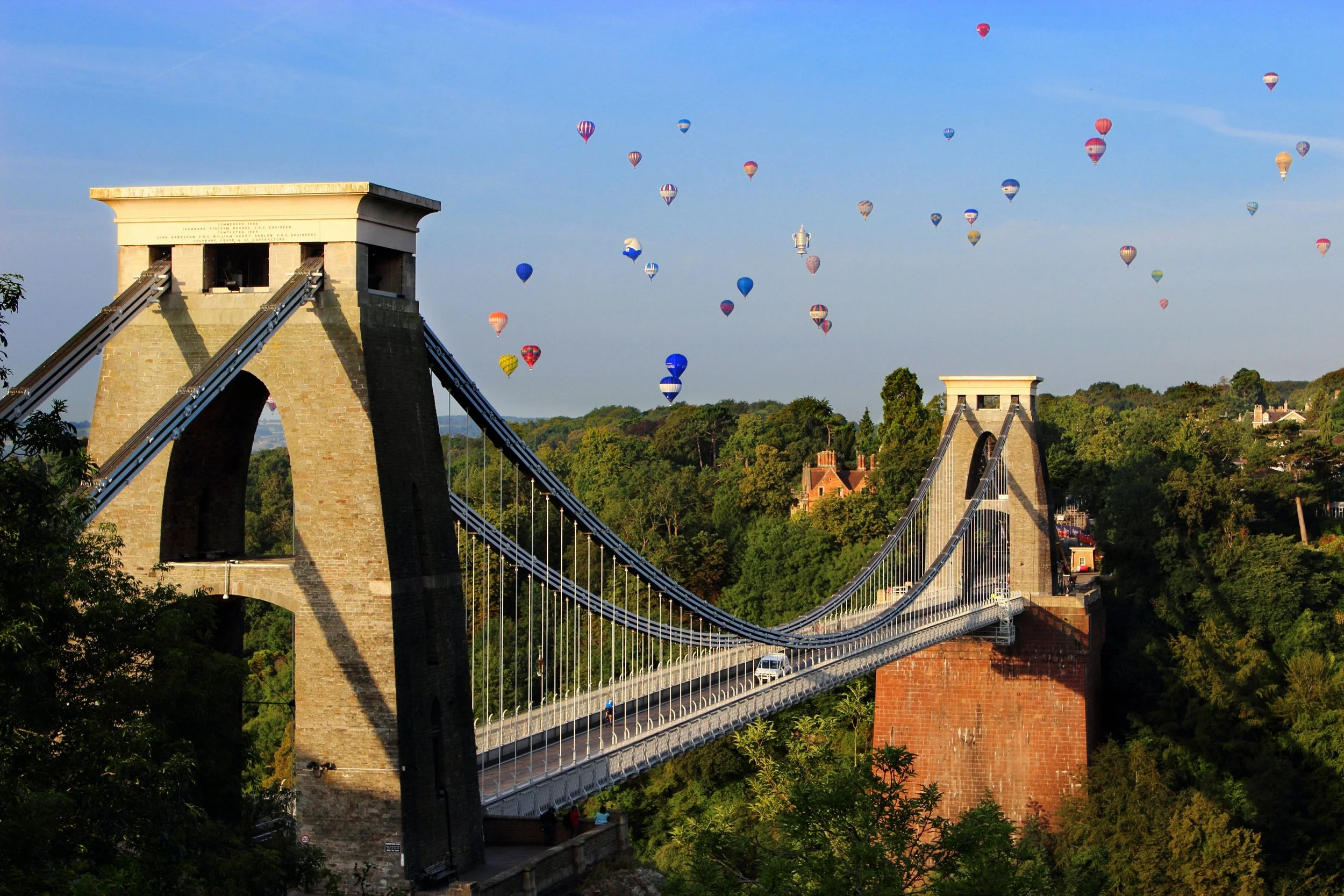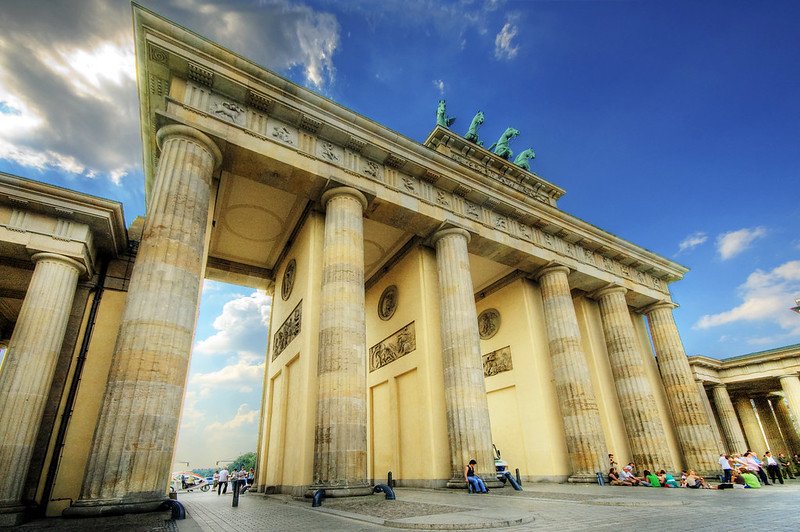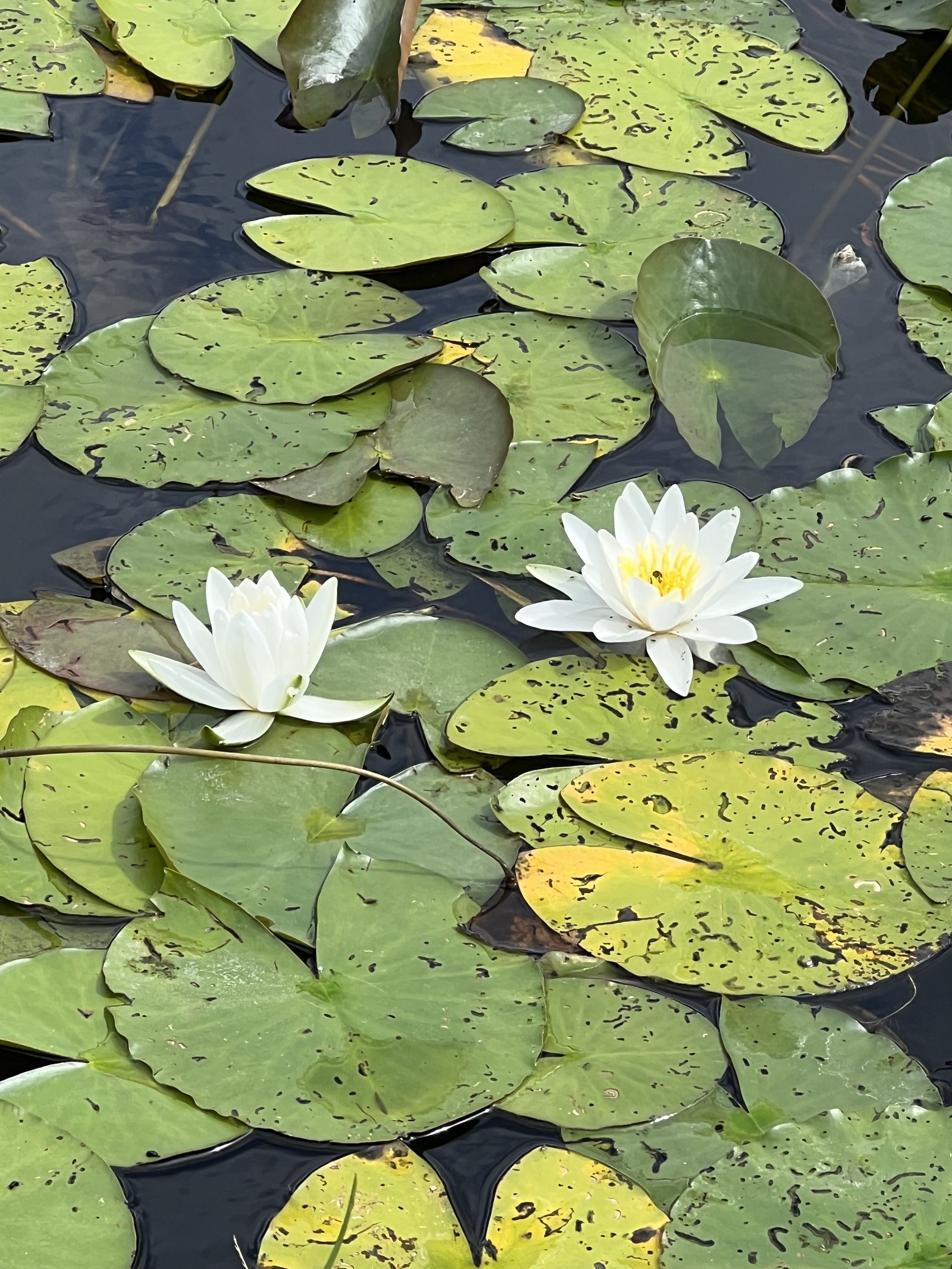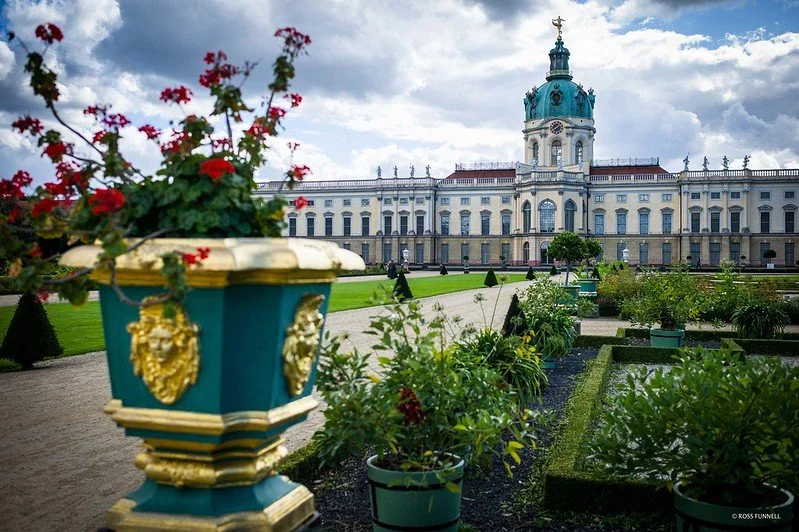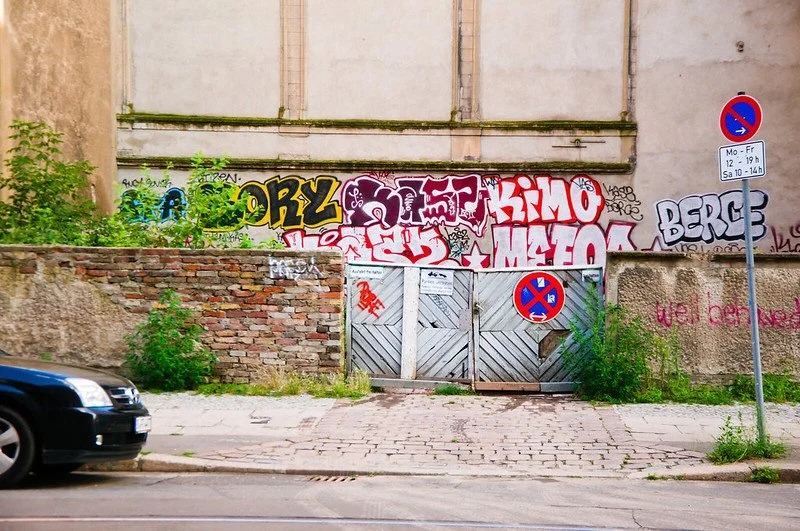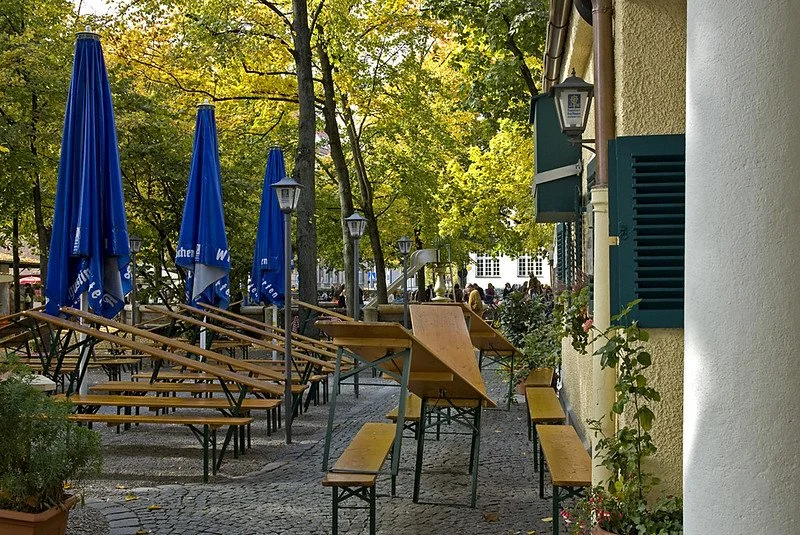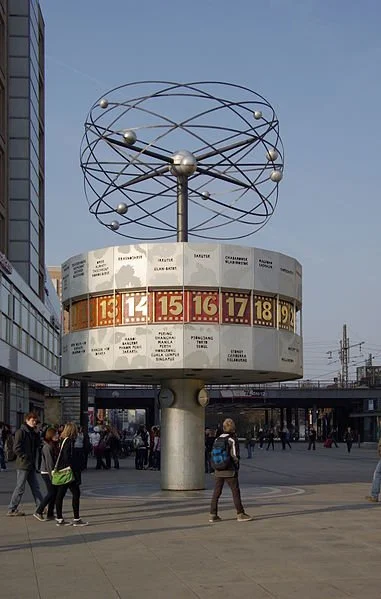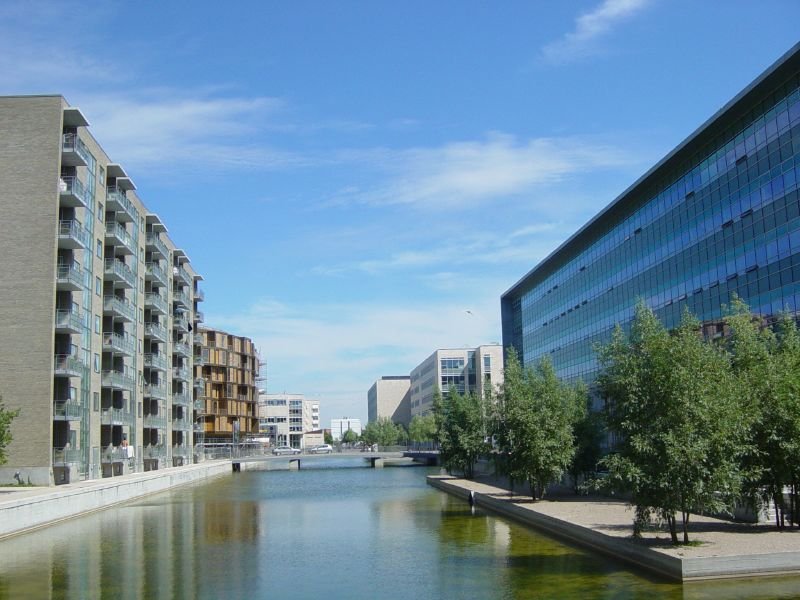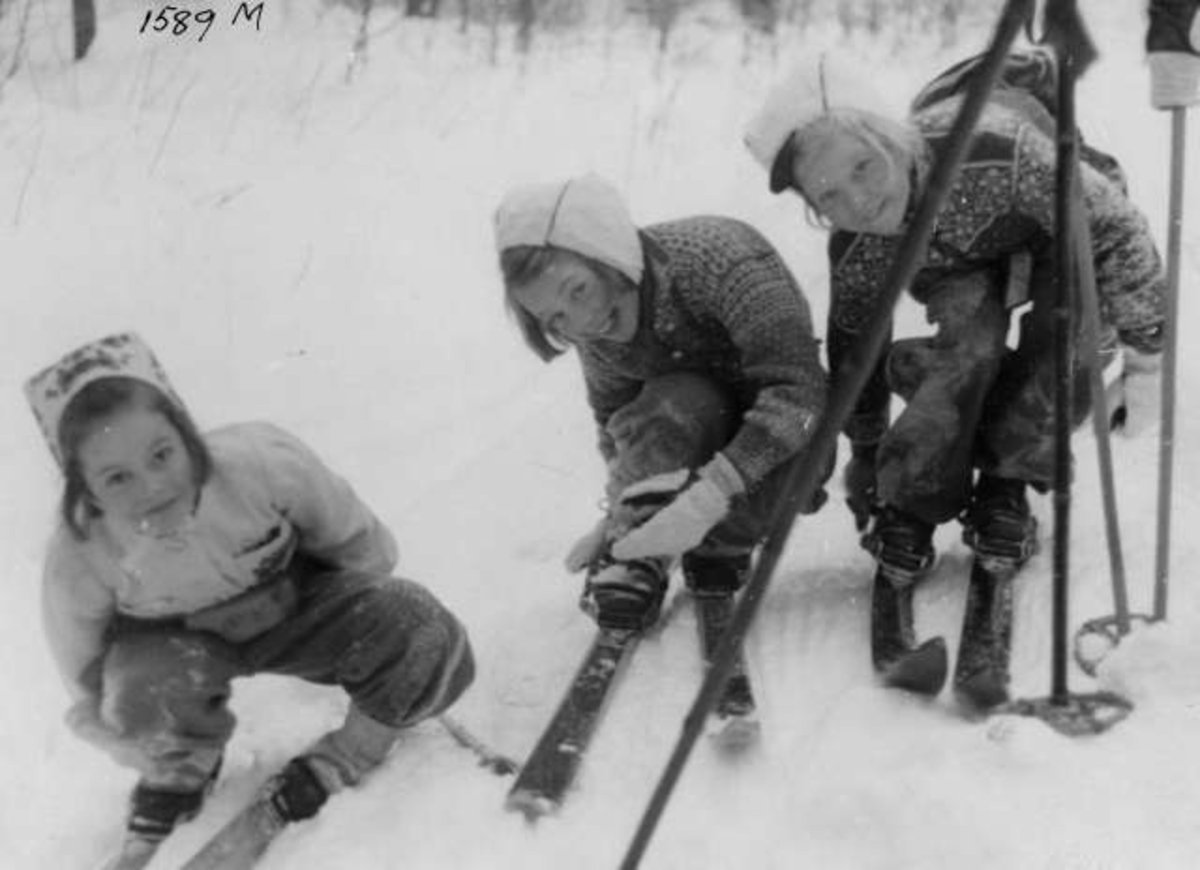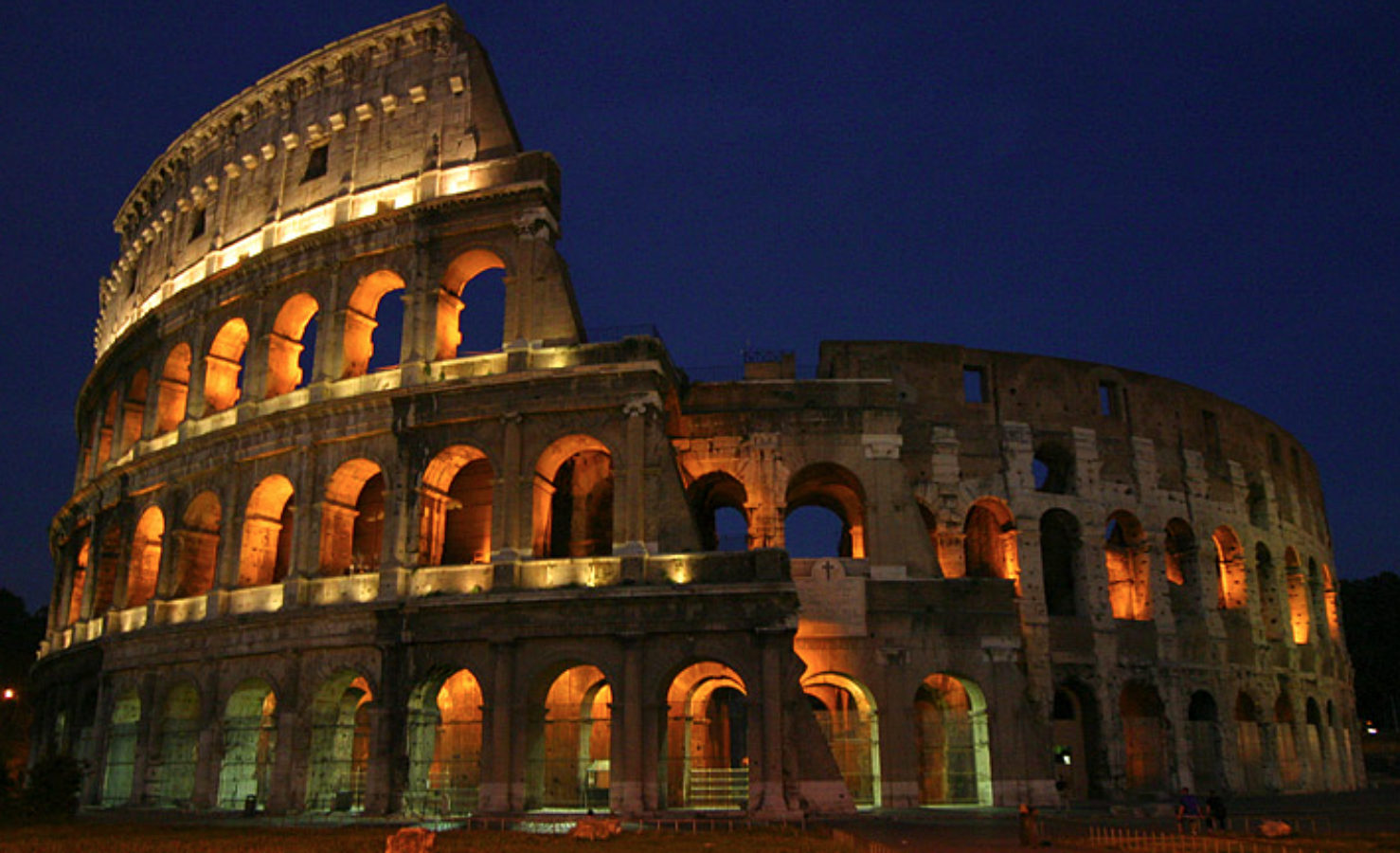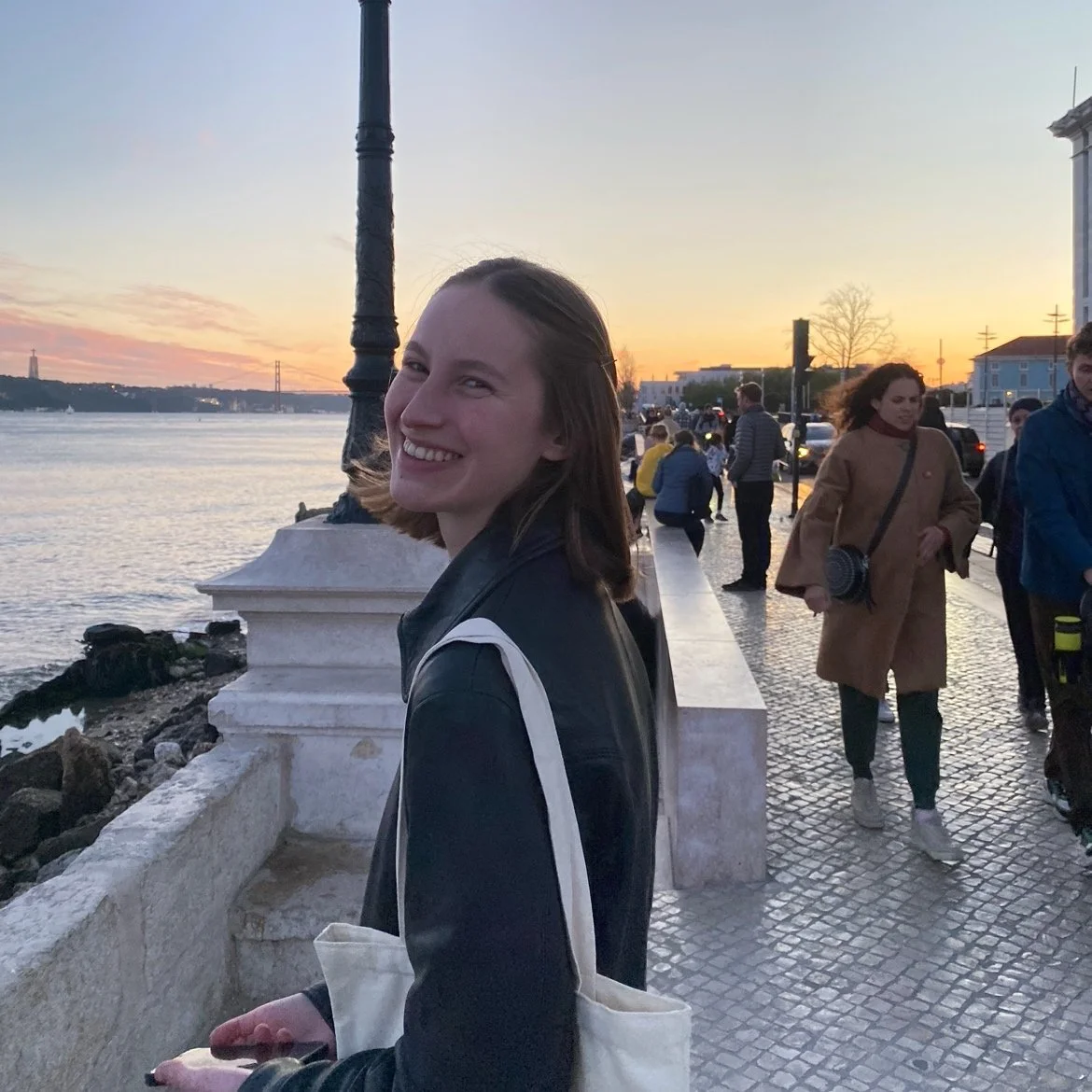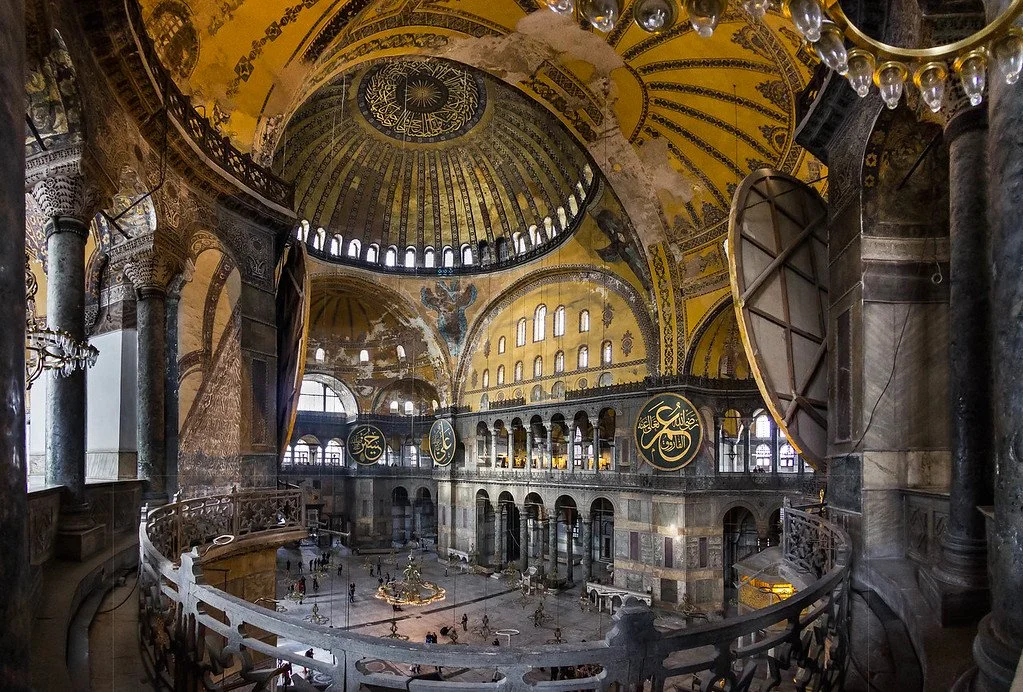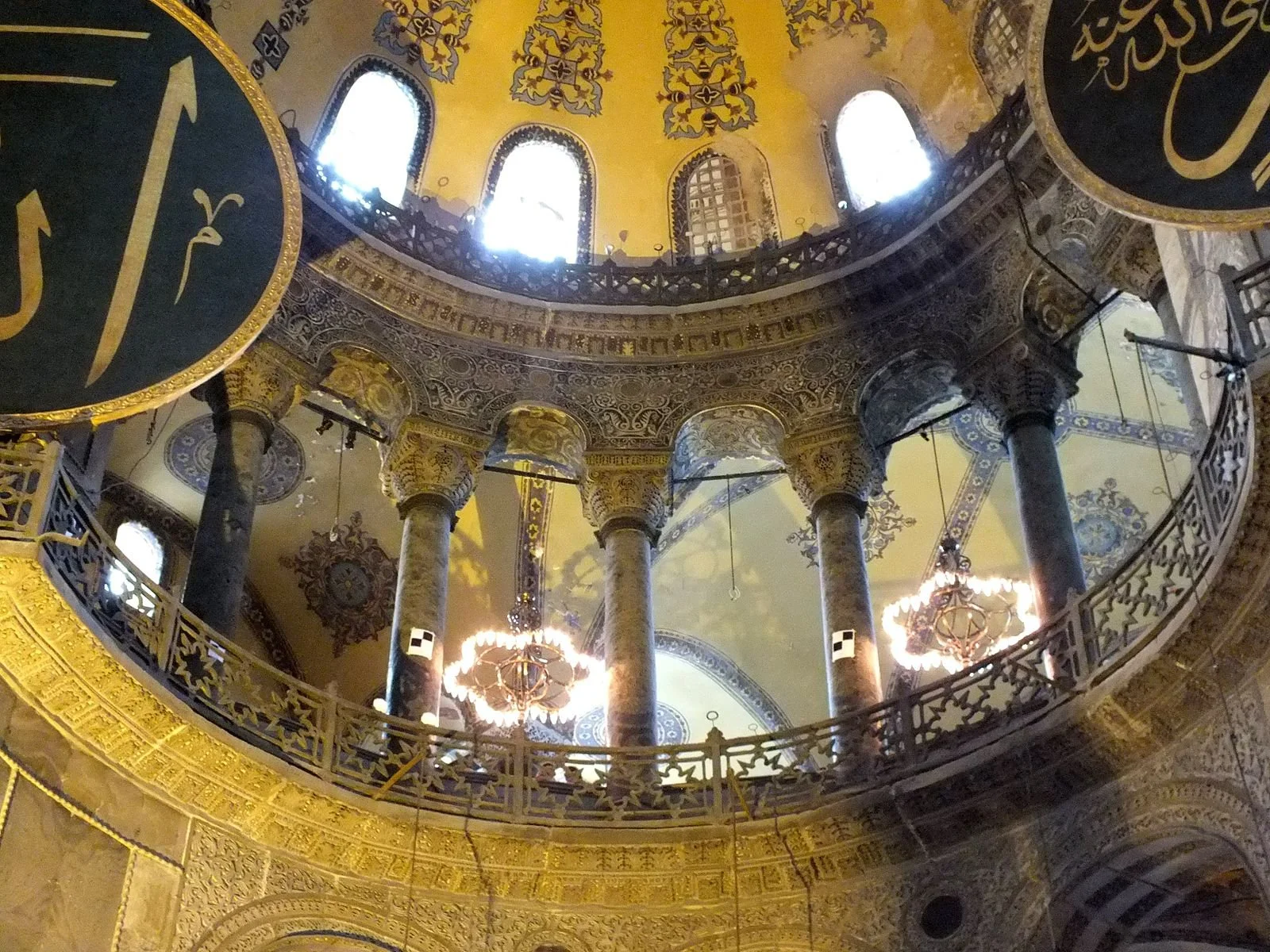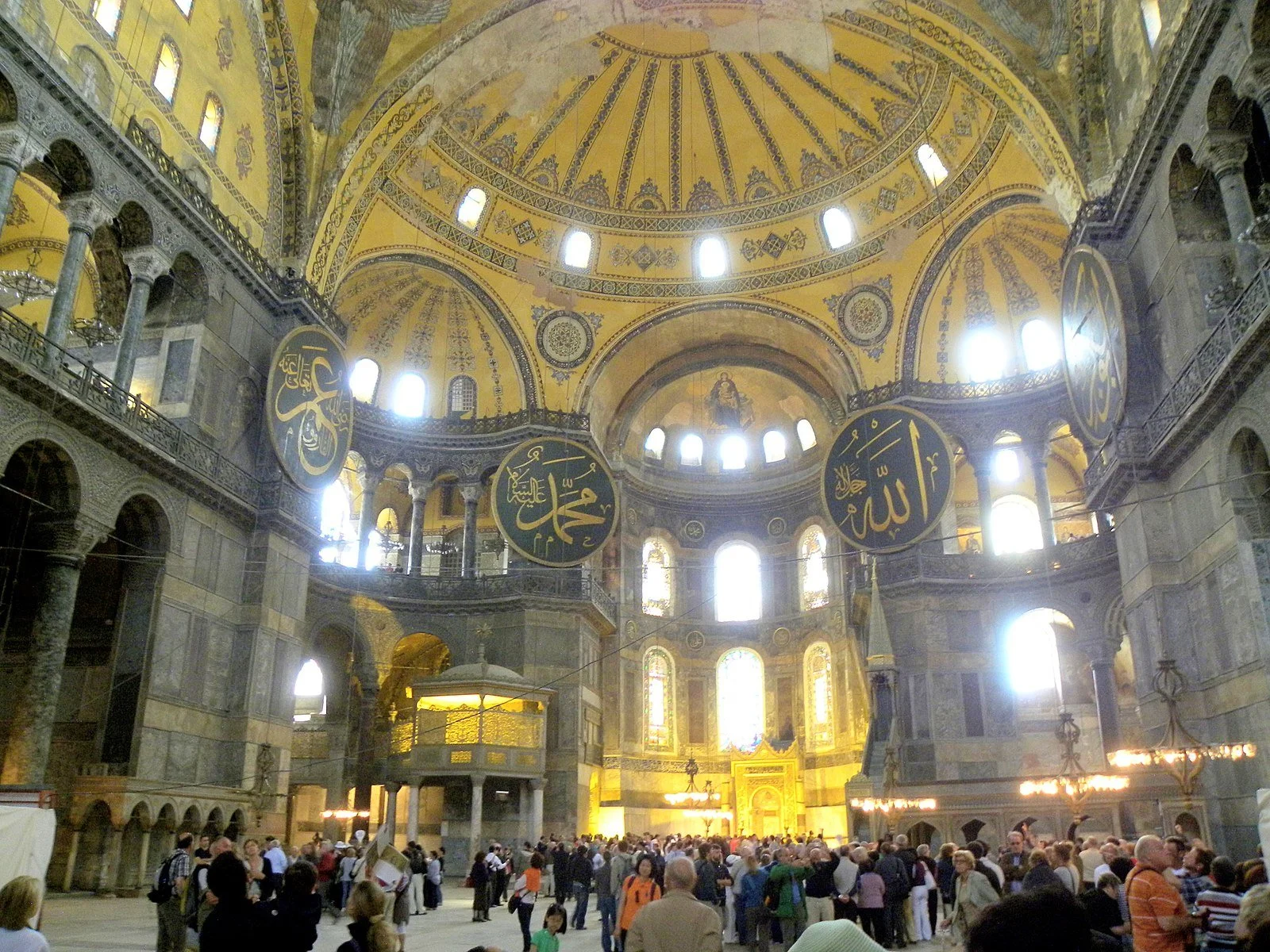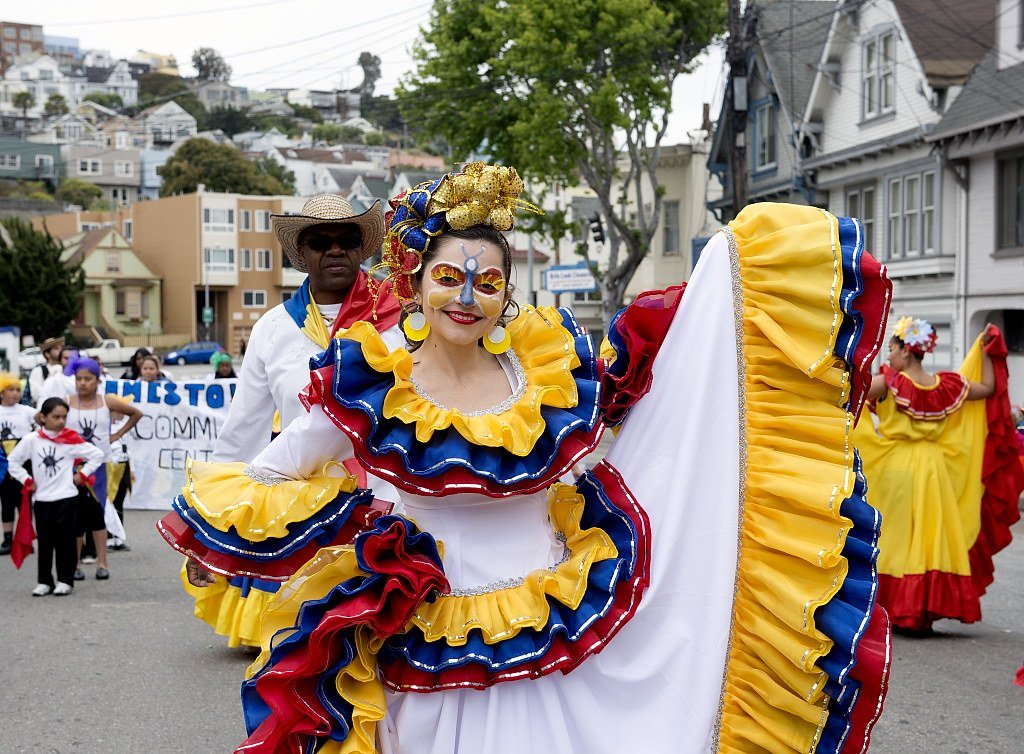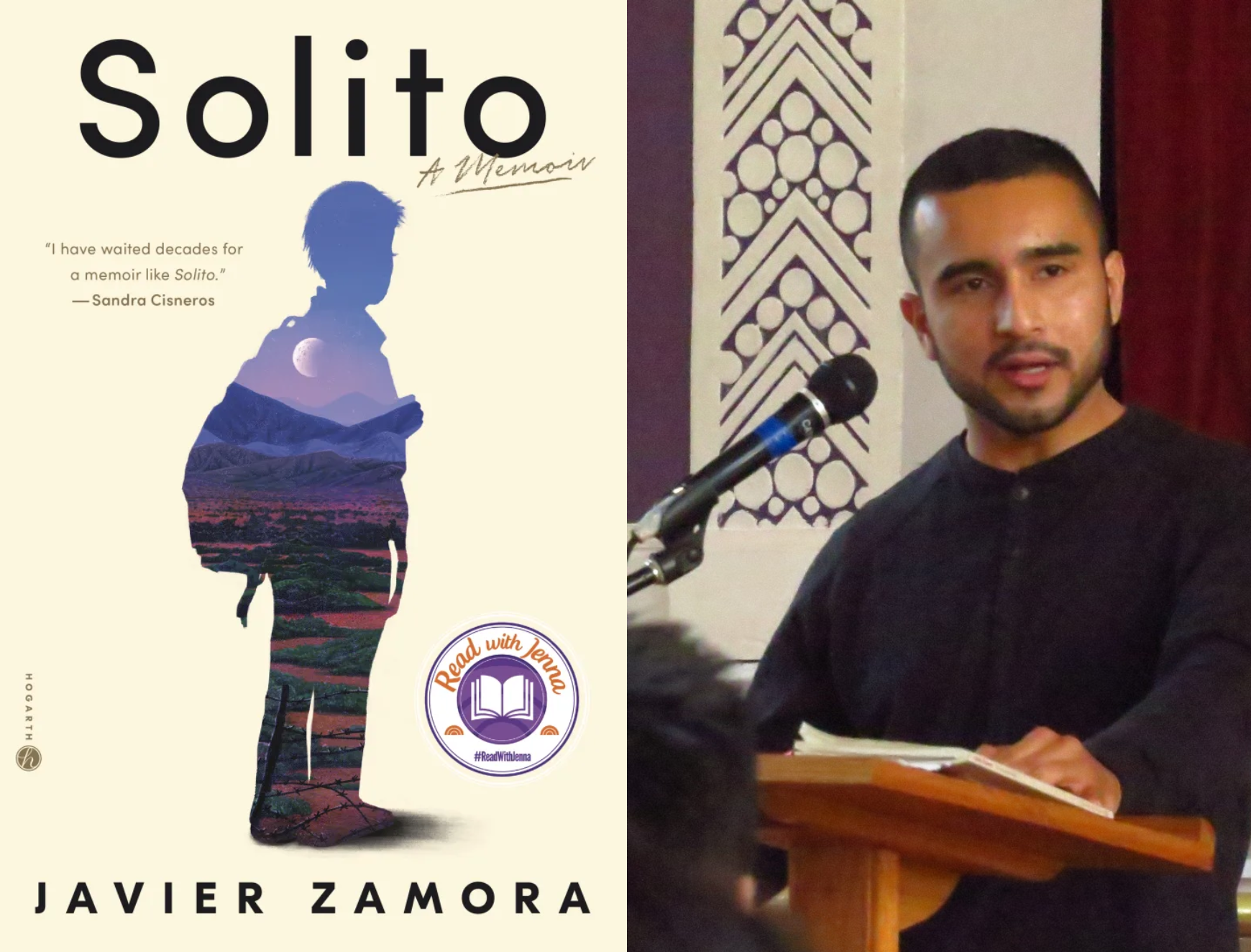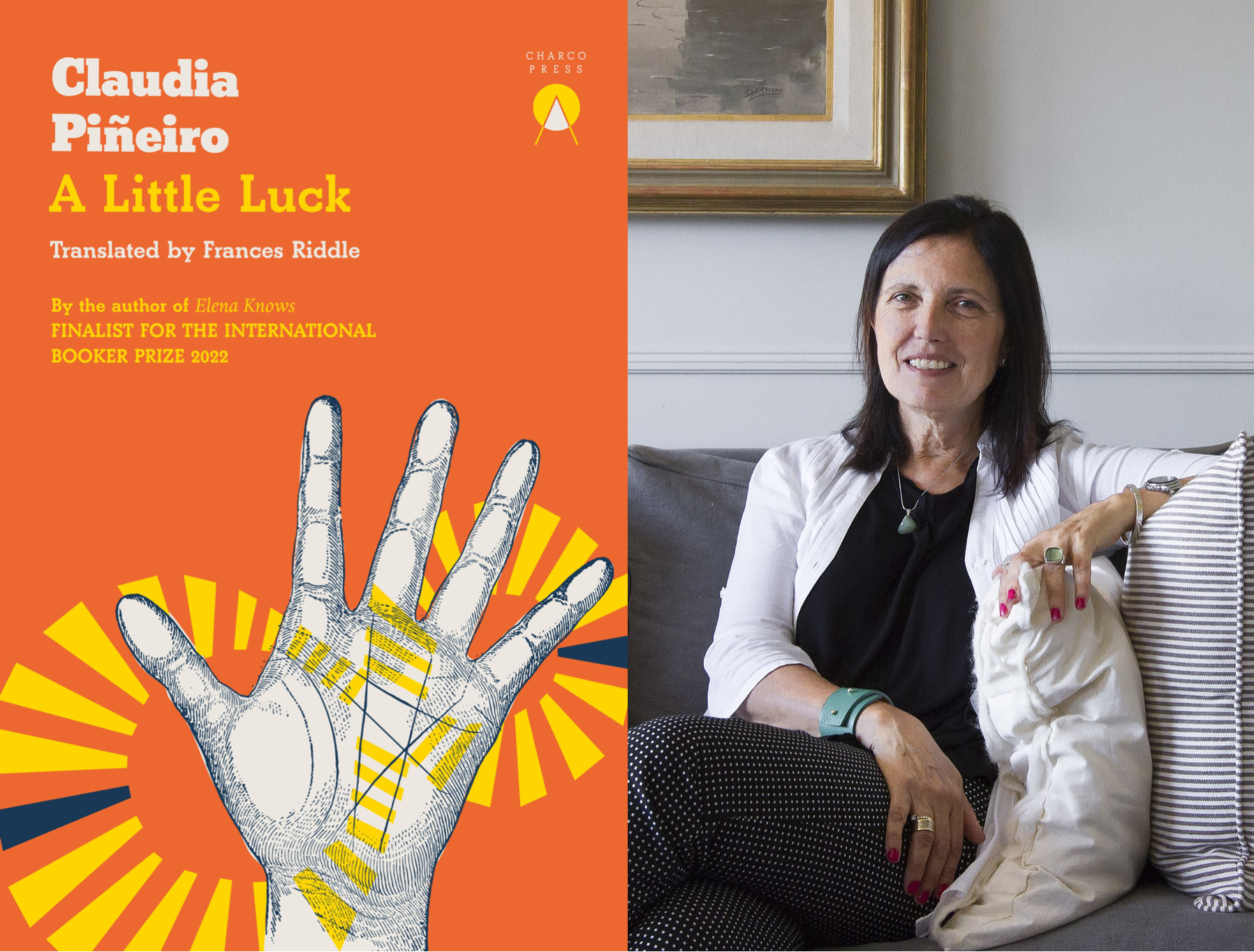American breakfast foods, like pancakes and waffles, are not the norm across the globe. Breakfasts differ widely in size and taste across these 17 countries.
Most Americans grow up hearing that breakfast is the most important meal of the day, and are familiar with U.S. breakfast staples like pancakes, cereal and eggs. However, breakfast around the world doesn’t look the same as it does in the U.S.
Although elements like breads, cheeses and fruits pop up in breakfasts in many countries, the meal itself widely varies. The type of food served differs around the world, including regional variations within countries. Some nations opt for a sweet breakfast, while others prefer a more savory meal. The size of the breakfast also varies, from Spain and Norway, where breakfast is often just a cup of coffee and a small bite; to the English fry-up, which is a plate loaded with different foods. Here’s what breakfast looks like in 17 different countries.
1. India
Breakfast in India varies widely by region. In the north, one traditional breakfast is paratha, a whole wheat flatbread stuffed with potatoes, spices and herbs. It is usually served with veggie or lentil curry or a yogurt sauce. In the south, a breakfast staple is idiyappam—steamed noodles made from rice flour. Idiyappam can be sweet or savory and is typically served with either cardamom-spiced coconut milk, vegetable korma, or a curry. In western India, Khaman Dhokla—savory cakes made from chickpea flour—are a popular way to start the day. Other breakfast items in India include rice dishes like pongal and poha, and breads such as roti and poori.
2. Japan
A typical Japanese breakfast is not just one item but a spread of foods that make up a well-rounded meal, one that could also be eaten as lunch or dinner. Japanese breakfasts usually include steamed rice, miso soup, some sort of protein like eggs or grilled fish and a number of side dishes such as nori (dried seaweed), natto (fermented soybeans) and tsukemono (Japanese pickles), as well as other small vegetable plates.
3. Germany
Like in Japan, breakfast in Germany is usually a spread of items. To American eyes, a German breakfast might look a bit like a charcuterie board—sliced meats and cheeses are breakfast staples, as well as sausages, brots (bread) and rolls served with butter or jam, and fruits and vegetables. Bavaria, a state in the southeast of Germany, has its own unique breakfast offering: a sausage called weisswurst. Weisswurst, or white sausage, is made from a mix of veal and back bacon, seasoned with parsley, onion and a number of other spices. Weisswurst was invented in Bavaria, and a typical “Bavarian Breakfast” is weisswurst served with pretzels and beer.
4. Cambodia
One of Cambodia’s most popular breakfasts is kuy teav, a Chinese-inspired hot noodle soup with rice vermicelli noodles, bean-sprouts, dried onion, carrot, parsnip and fresh vegetables. Lime, chili sauce, fish sauce, or soy sauce are also common add-ins in kuy teav, which can be made with meat options such as fish balls, chicken, or pork. Kuy teav is often enjoyed with a cup of coffee in the morning. Other typical breakfasts in Cambodia include bai sach chrouk (rice with pork) and bobor kreung (rice porridge).
6. Egypt
Fava beans are an essential element of two popular Eyptian breakfasts: ful medames and taameya. Ful medames is a simple dish made of stewed fava beans mashed with lemon, cumin and garlic, often served with toasted pita and a tomato-cucumber salad. Taameya are sometimes called Egyptian falafel; while they are similar to falafel, taameya are made from fava beans rather than chickpeas.
7. Greece
In Greece, as well as other Mediterranean countries, breakfast consists of a series of small dishes: savory pies such as spanakopita (made from spinach, feta and phyllo dough), yogurt with fruit and honey, various cheeses and fresh vegetables. A key element of a Greek breakfast is bread, with one of the most popular being eliopsomo—bread with kalamata olives baked into it. Eliopsomo is often paired with feta cheese and olive oil.
8. Morocco
A typical Moroccan breakfast is bessara, which can take the form of either a soup or a porridge made from split peas or fava beans and seasoned with garlic, lemon juice, olive oil, cumin and paprika. The thicker version of the dish is often used as a dip and accompanied by a loaf of Moroccan bread, or khobz.
9. Bolivia
Marraqueta refers to both a crunchy, oval-shaped bread roll popular in Latin America and a common Bolivian breakfast. The breakfast features a marraqueta roll as the main element. For a quick meal, the roll is served with a slice of cheese or grilled meat and accompanied by a cup of coffee. For a more filling breakfast, usually eaten on the weekend, a marraqueta roll is served with chairo, a thick soup frequently made with lamb and vegetables, or fricasé, a spicy pork stew.
10. Norway
Breakfast in Norway is a much lighter affair compared to some other countries. Lunch and dinner in Norway are both eaten relatively early; lunch is often at 11am and dinner at 4 or 5pm, which is the reason for the small breakfast. A typical Norweigan breakfast is brunost, a brown goat’s-milk cheese that tastes subtly of caramel. At breakfast, brunost is eaten spread on toast. Another popular breakfast is smoked salmon and scrambled eggs, which is also sometimes served on toast.
11. Lebanon
Manakish (or Manakeesh) are sometimes called Lebanese pizza, and are a go-to breakfast in Lebanon. Manakish are crispy flatbreads which can be topped with almost anything. A few common toppings include za’atar, a Middle-Eastern spice blend; cheese; onion and tomato; and kishk, a popular dairy product made from wheat and fermented milk or yogurt. Manakish are usually about the size of a personal pizza and are eaten folded in half, like a sandwich.
12. Philippines
A favored breakfast item in the Philippines is a torta, which is similar to an omelet. Filipino tortas are filled with ground meat and vegetables—frequently potatoes or eggplant—and usually served over rice. The name torta comes from the Spanish word for cake and is evidence of the heavy Spanish influence in the Philippines.
13. Singapore
Singapore’s kaya toast is a sweet breakfast option. The dish consists of thick slices of butter and kaya spread— =a jam made from coconut milk, eggs and sugar—sandwiched between two pieces of toast. Kaya toast is frequently served with two soft-boiled eggs which serve as a savory counterpart to the toast’s sweetness.
14. Spain
Spain has a unique meal schedule, with people often eating five times a day: breakfast, tapas, lunch, an afternoon snack and a late dinner usually after 9pm. Breakfast is the smallest meal of the day and typically includes café con leche and toast with jam or cheese. Sometimes they also eat breakfast pastries like magdalenas, a lemon-flavored cupcake, or torrijas, a Spanish bread pudding similar to french toast.
15. United Kingdom
The traditional English breakfast, known as a fry-up or a Full English, appears all over the United Kingdom, with a few variations. A Full English contains meat—typically sausage and bacon—baked beans, tomatoes, a piece or two of toast and two or three over-easy eggs. The meal is usually accompanied by a cup of hot tea or coffee. There are also regional variations of the dish. For example, Northern Ireland’s Ulster Fry comes with soda bread, and the Welsh Breakfast comes with laverbread, a cake made of seaweed and oatmeal.
16. El Salvador
A classic breakfast in El Salvador includes eggs (often scrambled, though they can be prepared any way), refried beans, cheese and/or sour cream, bread or tortillas and fried plantains, as well as coffee or juice.
17. Ukraine
Ukranian varenyky, also called pierogies, are sometimes compared to dumplings or ravioli. They are made of dough shaped into half-moons and often stuffed with a variety of fillings, from fruits and vegetables to meats and cheeses. However, not all varenyky are filled, and the ones that aren’t are considered a breakfast staple. Known as linyvi varenyky (lazy varenyky), these crescents of unfilled dough are boiled and then topped with sour cream, butter, or fruit.
Rachel is a student at Sarah Lawrence College in Bronxville, NY currently taking a semester off. She plans to study Writing and Child Development. Rachel loves to travel and is inspired by the places she’s been and everywhere she wants to go. She hopes to educate people on social justice issues and the history and culture of travel destinations through her writing.

